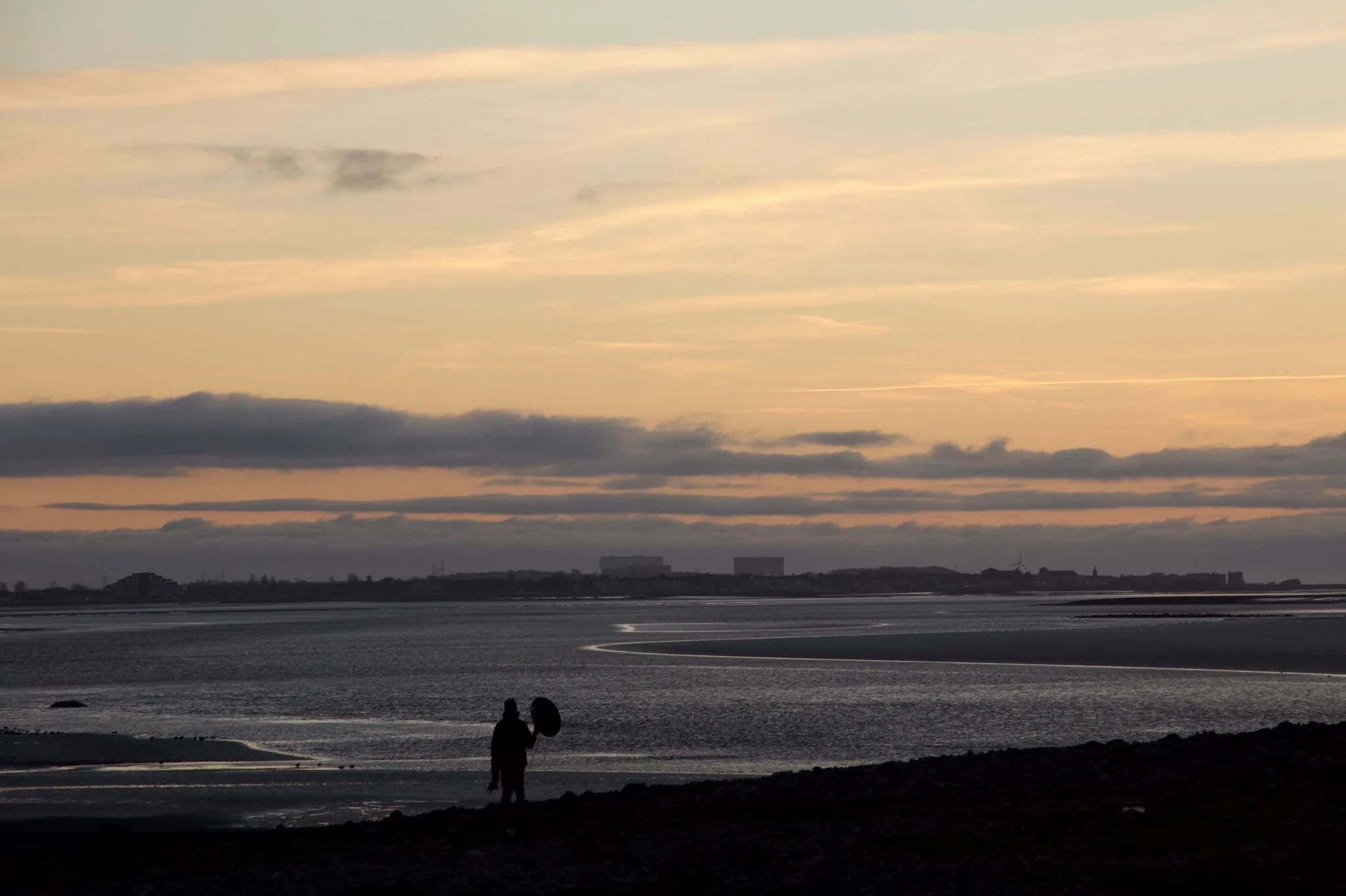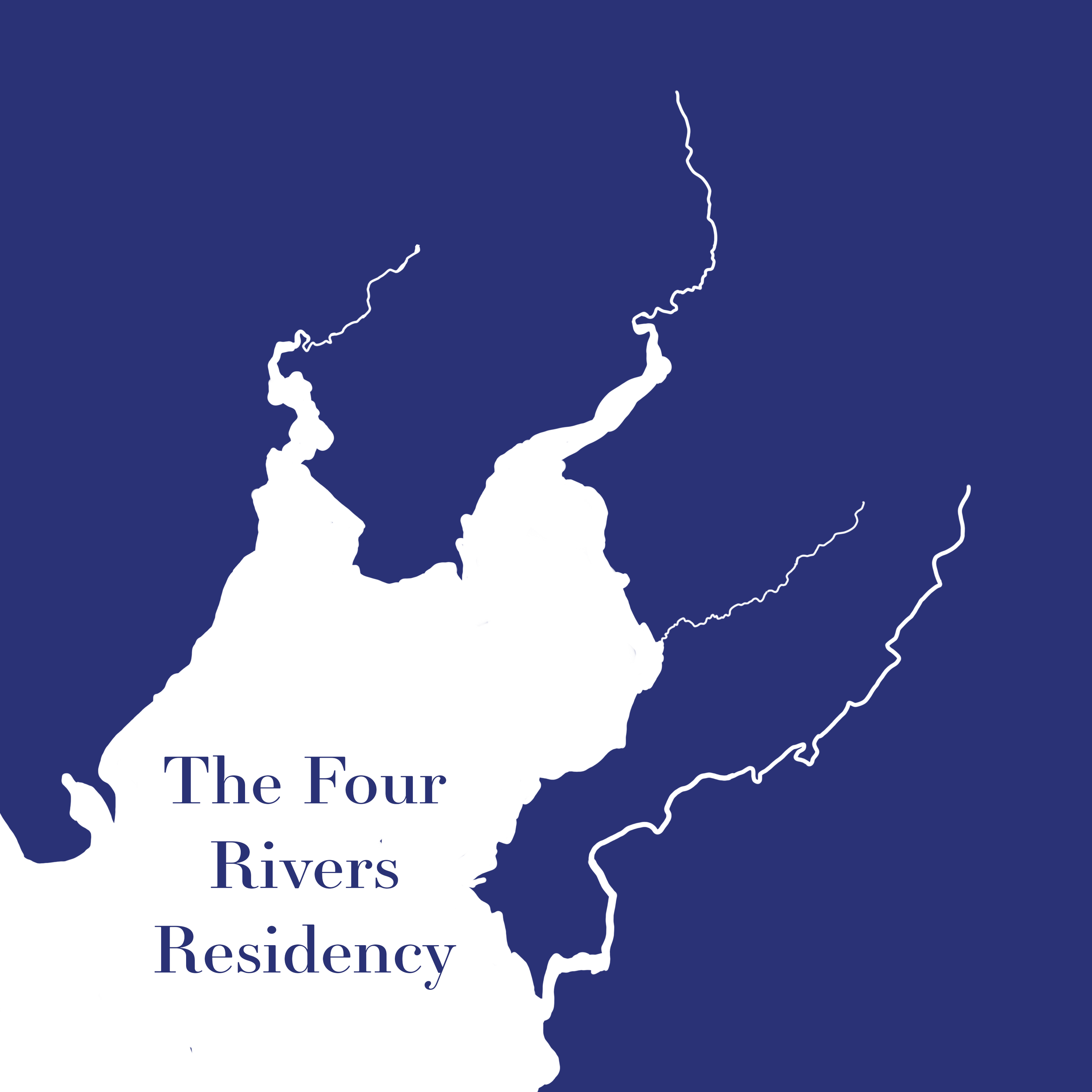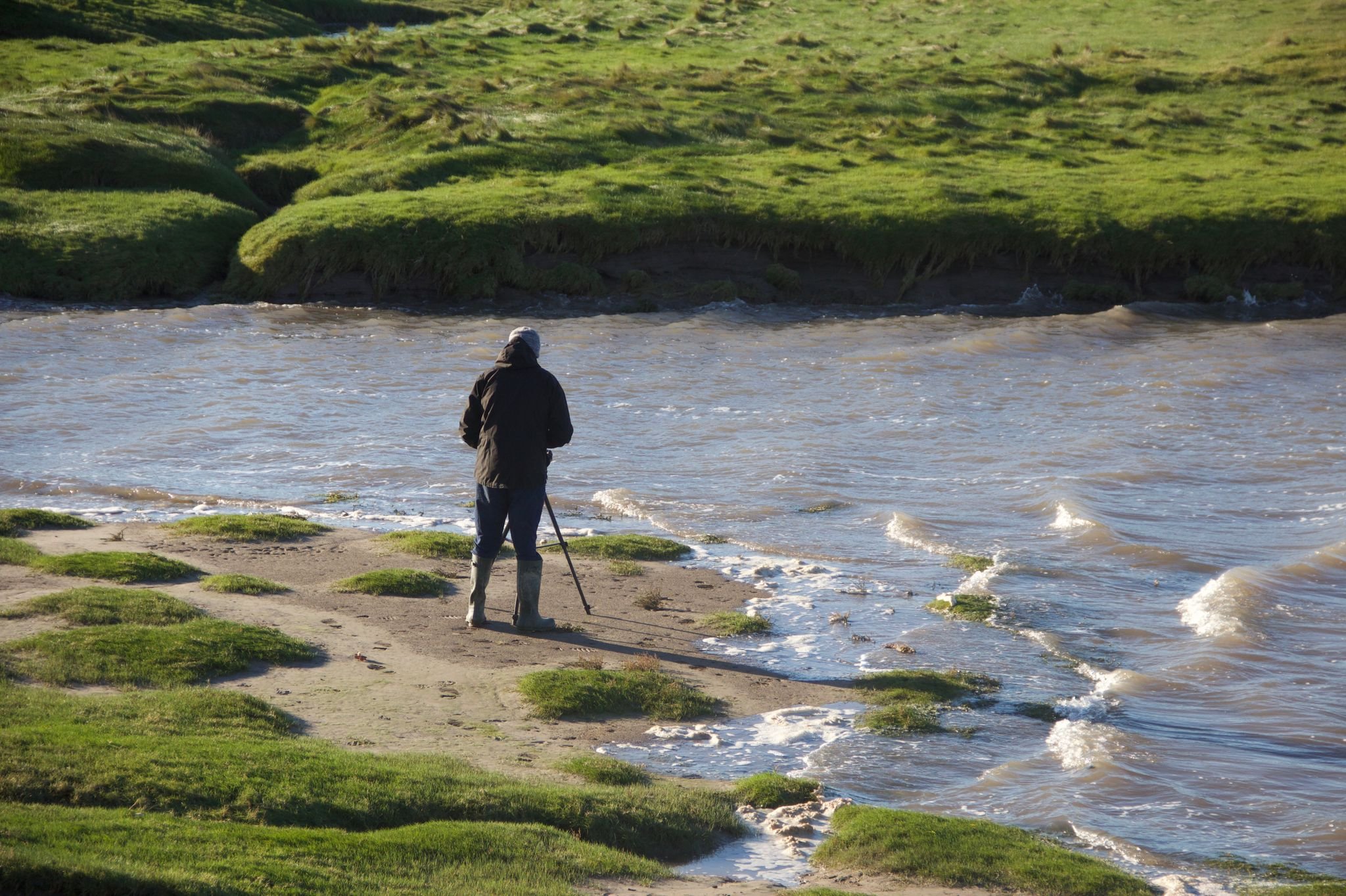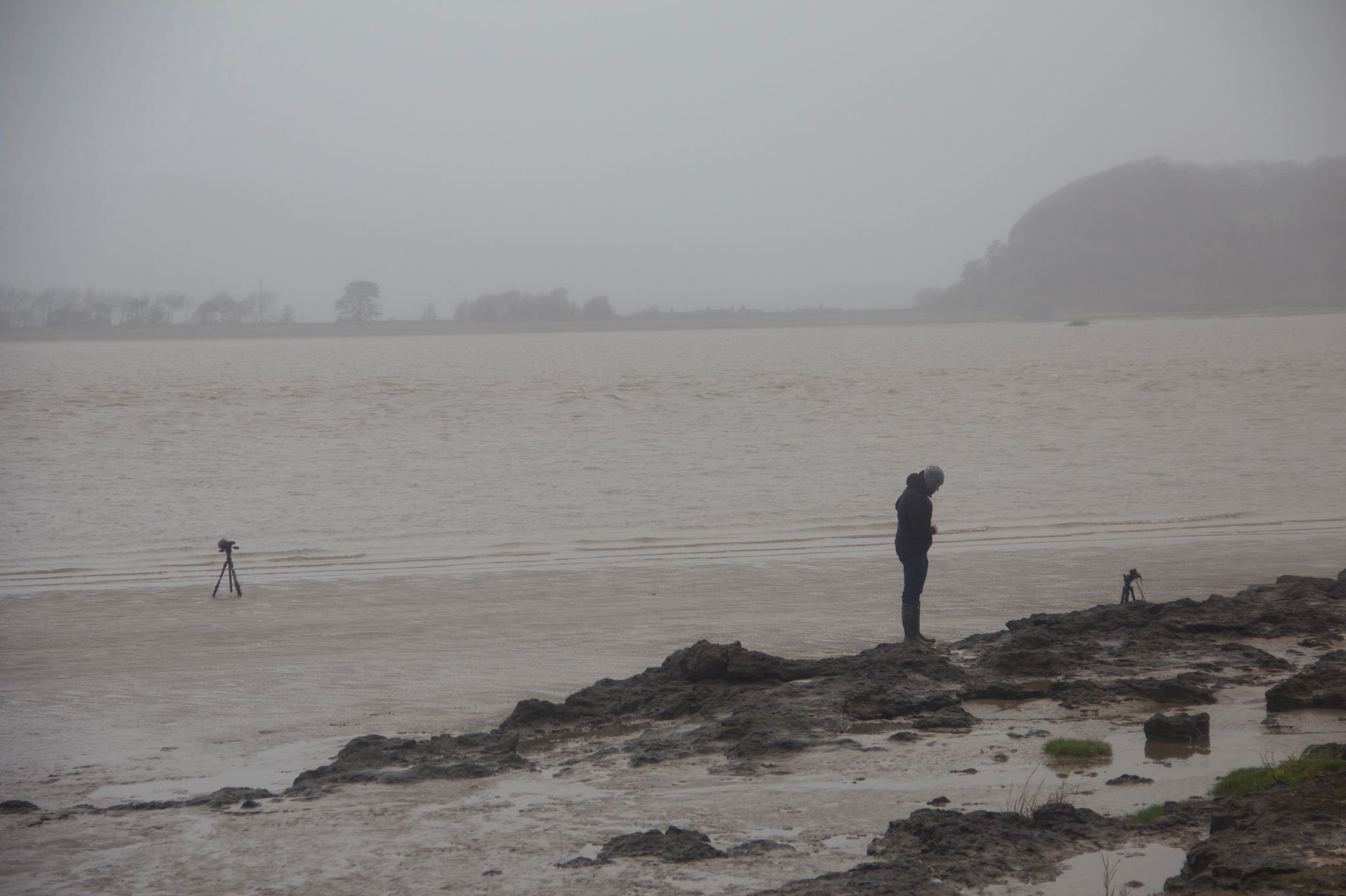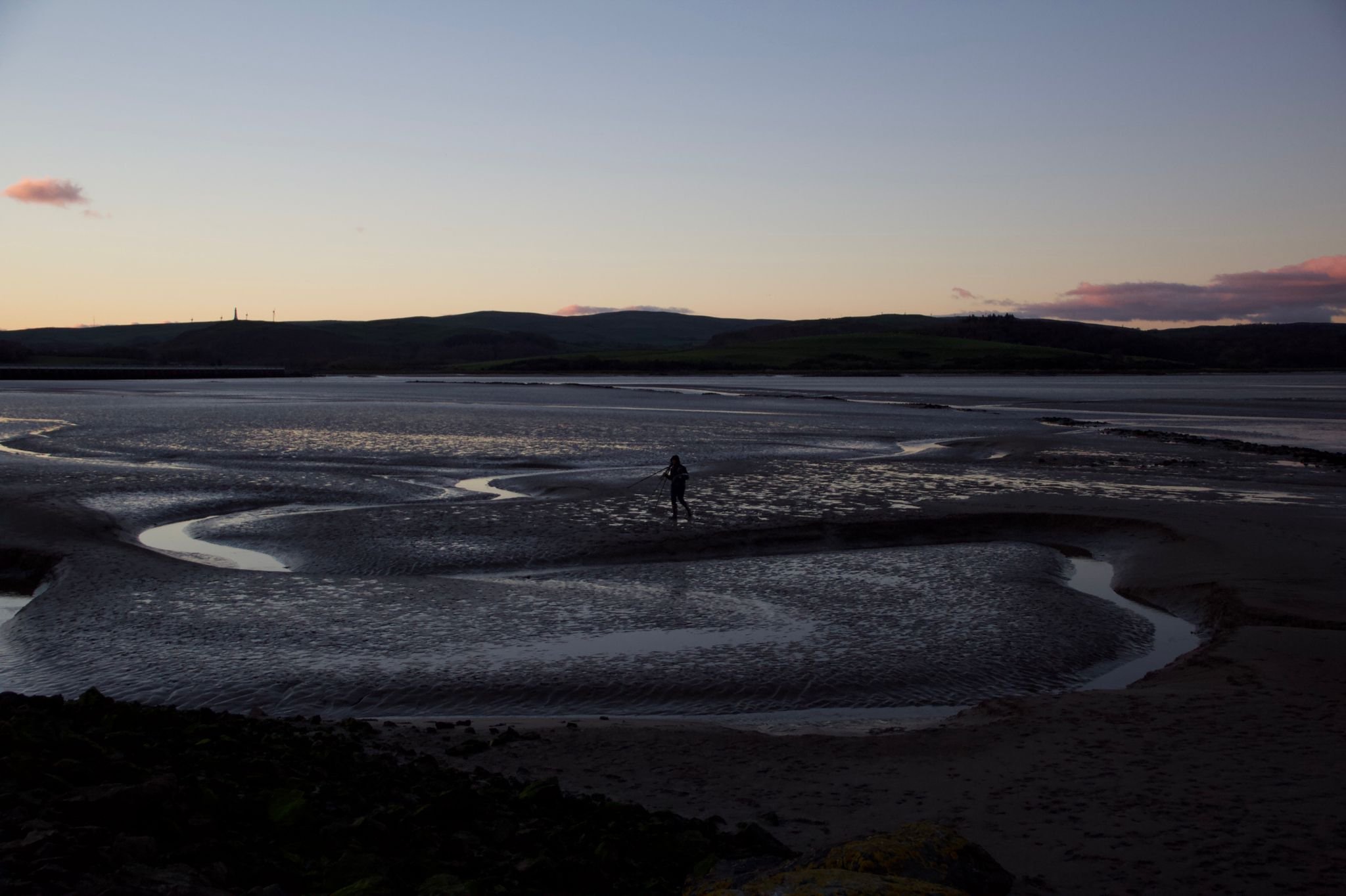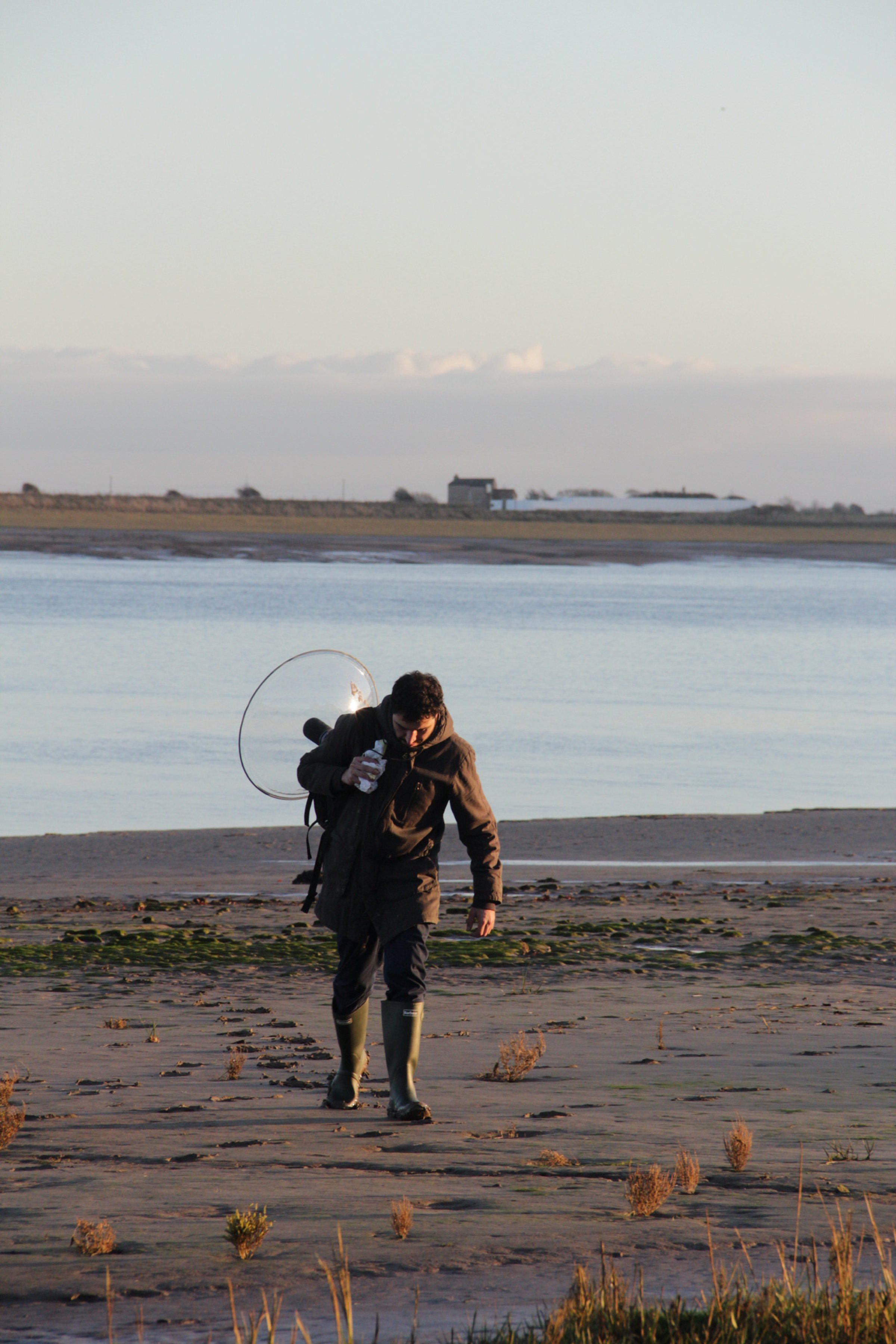—
A sound exploration of Morecambe Bay’s tidal rivers
—
Date
2021
Location
Morecambe Bay
Project highlight
Supporting the work of an early career artist, championing Morecambe Bay as a rich site for contemporary art research.
Morecambe Bay is the largest expanse of intertidal mudflats in the United Kingdom. The Lune, Keer, Kent and Leven are 4 of the tidal rivers whose journeys end in the shifting waters of Morecambe Bay. Their estuaries are vast landscapes full of mystery. Everything is under constant change with movement of the tides that blurs the separation between freshwater and saltwater, between land and sea, between the human and the nonhuman. It is in these in-between spaces, where nothing sits still, that we find many unheard voices. They tell stories of entangled human and non-human worlds through the water, air and sands of the Bay. What would we hear if we listened to the voices of these unruly landscapes? Sound artist, Aous Hamoud, seeks an answer leading us through the journey of The Four Rivers Residency, a site-specific sound investigation through Morecambe Bay’s tidal rivers.
The artist describes this site-based research as a form of Translation: “Translation is not a word, the meaning of it I can’t explain it in words. The only way I can explain it is through exploring and observing, introducing myself to places and new locations, new experiences”. In this process, sound becomes a translation tool that uncovers connections between language and landscape.
This residency was developed in partnership with FASS Placements at Lancaster University and was shaped to support an Artist in Residence Internship with Deco Publique. Through mentorship, access to space, and research time, Deco Publique supported the artist to develop sustained and meaningful engagement with place. The Internship feeds into Deco Publique’s wider research and development into the creation of the Morecambe Bay Triennial, a coastal commissioning programme around the Bay for which Deco Publique has received Arts Council R&D funding.
“When I started the residency, me, Elena, and Lauren were talking about how to represent Morecambe Bay and look at landscapes. How to bring it up as part of the place that surrounds it, so giving it new culture, a more in-depth meaning of the location and the landscapes in Morecambe Bay. I had the full freedom to do whatever I wanted, which was amazing. Of course, the best thing to start with was the tide around Morecambe Bay. Slowly, that’s how I started connecting the tide, water, and landscapes.”
- Aous Hamoud
Site Specific Research
Lune
Keer
Kent
Leven
Prepared with his muddy wellies, a set of camera lenses and his parabolic microphone, Aous Hamoud visited the estuaries of the rivers Lune, Keer, Kent and Leven. Aous used this direct fieldwork to document his encounter with the sounds of the landscape.
In an interview with the artist, Aous shares his experience of working in the everchanging tidal rivers:
“So, you go to the tides and it’s always different, it’s always new. You have the opportunity of every single time to capture a new impression of the place, a first impression. In the same place, endlessly.”
- Aous Hamoud

Listen to The Four Rivers:
“
The whole place became like a theatre scene, and you just sit down and look at all the details that absorbs your vision and attracts your hearing
“
It looks like massive mountains are breaking but it’s just like a tiny cliff, like a tiny edge that falls down. I was trying to get this sound between those cracks and in the water
“
I started hearing sounds like bubbling of air trying to come out from the mud, finding access to go outside. You start listening to these tiny bubbles, this tiny conversation that is happening
“
But in Leven, there were so many caves with a nice echo through the sound of the tides. This sound translates the meaning of being in a new location, because it felt like a massive cave in a different place, in a different universe
About the artist
“I’m Aous Hamoud and I’m born and raised in Syria. I moved here in 2009 and I studied architecture. After two years I decided to study Fine Art and move to Lancaster University. That’s where I started my journey to find myself as an artist in Lancaster and Morecambe.
I started working with drawing and painting the first year. Then, second year and this current year, I have been working with site specific field work, sound, and documentation with the places around me. Trying to find connections between things and trying to find new mediums to translate these connections.”
- Aous Hamoud
Photography by Aous Hamoud and Chloe Tam

